The Return of a Man Called Horse
5.8 /10 1 Votes
63% Rotten Tomatoes Language English | 6.1/10 IMDb 2/4 Roger Ebert Duration Country United States | |||||||||||||||||||||||||||||||||
 | ||||||||||||||||||||||||||||||||||
Release date June 28, 1976 (1976-06-28) Cast (John Morgan / Horse), (Elk Woman), (Zenas), Jorge Luke (Running Bull), Jorge Russek (Blacksmith), (Chemin De Fer)Similar movies A Man Called Horse , Boss Nigger | ||||||||||||||||||||||||||||||||||
The Return of a Man Called Horse is a 1976 American western film directed by Irvin Kershner involving a conflict over territory between Sioux Indians and white men. It is the sequel to A Man Called Horse and it was followed by Triumphs of a Man Called Horse in 1982.
Contents
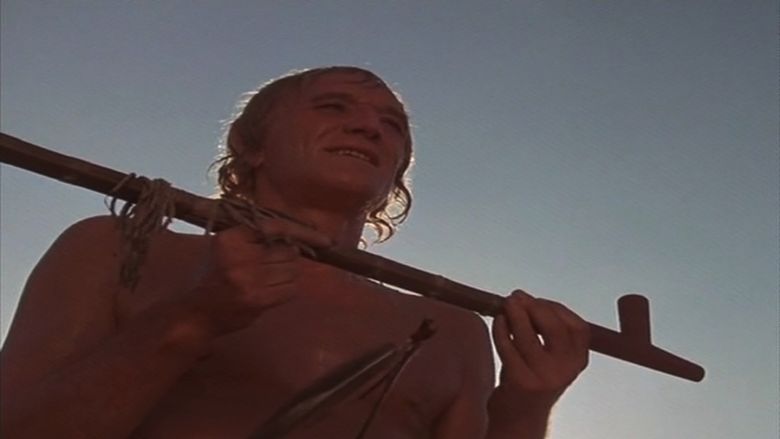
Richard Harris reprises his role as Horse, a British aristocrat who has become a member of a tribe of Lakota Sioux.
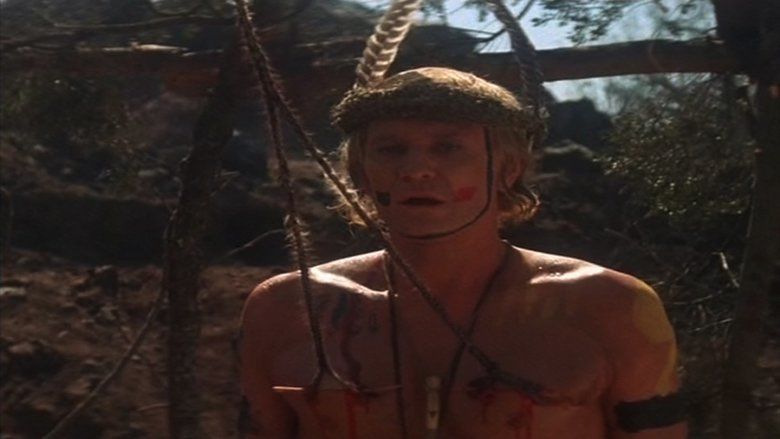
The return of a man called horse laurence rosenthal main title
Plot
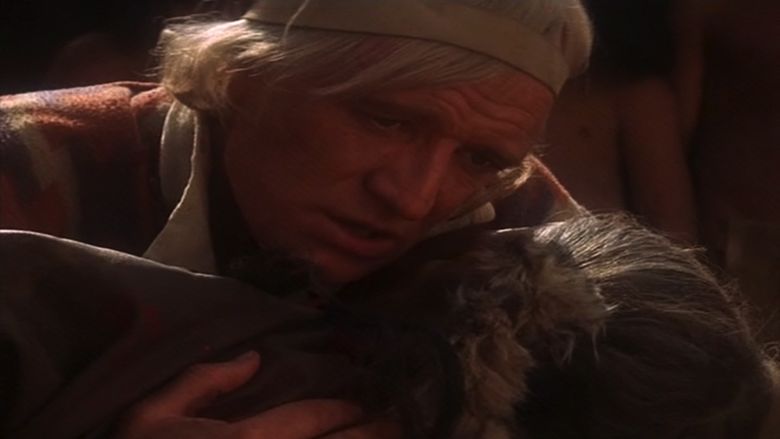
Trappers with government support force the Yellow Hands Sioux off their sacred land. The Indians retreat, but await supernatural punishment to descend on their usurpers. Harris reprises his role as John Morgan, 8th Earl of Kildare, who had lived with the tribe for years and is known as Horse, leaves his English fiancée and estate and returns to America, where he discovers the Yellow Hand people have been largely massacred or put into slavery by the unscrupulous white traders and their Indian cohorts. The few survivors, including wise old Running Bull and stubborn old Elk Woman (Gale Sondergaard) have gone into the Badlands and been forced to eat their dogs. "Why did you return?" asks Elk Woman. "I had to come back," says Morgan. "I had to prove something to myself... there was an empty place in my soul. I could not forget." He finds the tribe dispirited, because of the actions of the trappers, and he begins to devise a strategy to overpower the trappers' stronghold, convincing the Indians to take direct action. Soon even the Indian women and boys are assigned tasks to aid the assault to regain their ancestral land.
Cast
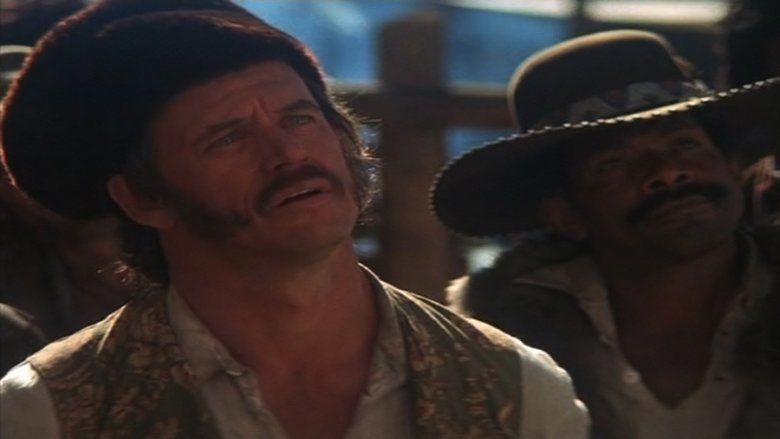
Filming
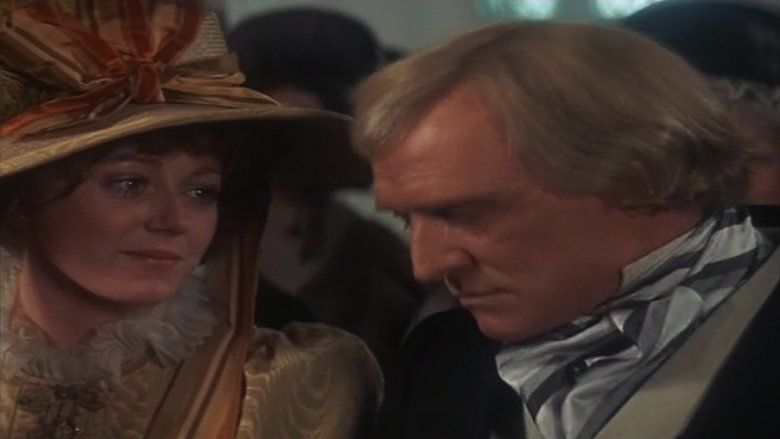
Much of the film was shot in 1975 in South Dakota in the United States. Other scenes were filmed in the United Kingdom and Mexico.
Reception
The film received mixed reviews on its release. Roger Ebert, while not highly critical of the film, noted that the film attempted to take itself too seriously and paid unnecessary attention to detail. According to Ebert "The film reveals its basic white-chauvinist bias, but it certainly seems to take itself seriously. It's of average length, but paced like an epic. There are four main movements in the plot: Return, Reconciliation, Revenge and Rebirth. If this seems a little thin for a two-hour movie, believe me, it is, even with all that portentous music trying to make it seem momentous."
Ebert also criticized the repetition in the film from the original A Man Called Horse. Ebert commented that "What gets me is that initiation rite, which is repeated in this film in such grim and bloody detail you'd think people didn't have enough of it the last time. First Morgan has his pectoral muscles pierced with knife blades. Then eagle's talons are drawn through the wounds and tied to leather thongs. Then he hangs by the thongs until sufficiently purified. You'd think one ceremony like that would do the trick, without any booster shots."
DVD
The Return of a Man Called Horse was released to DVD by MGM Home Video on April 1st, 2003 as a Region 1 widescreen DVD.
References
The Return of a Man Called Horse WikipediaThe Return of a Man Called Horse IMDbThe Return of a Man Called Horse Rotten TomatoesThe Return of a Man Called Horse Roger EbertThe Return of a Man Called Horse themoviedb.org
